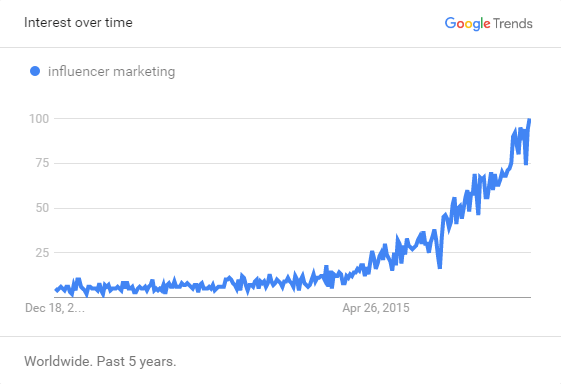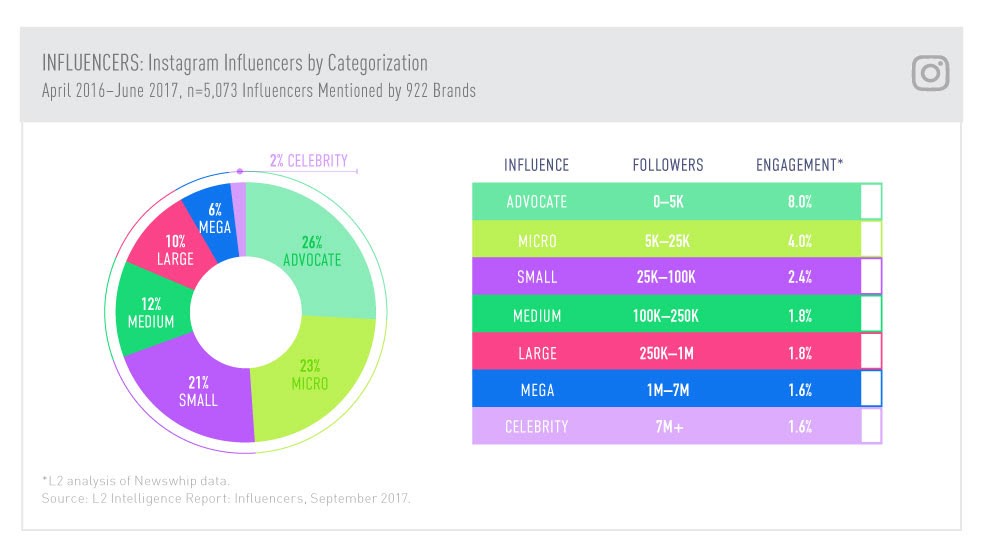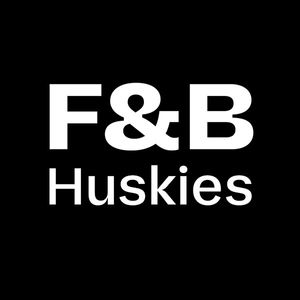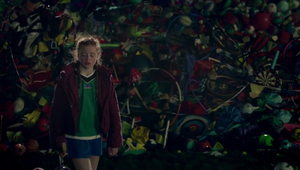
Is Adland Under the Influence?

Vladimir Putin’s so-called “influence campaign” that set out to “undermine public faith in the US democratic process” and the recent Facebook/Cambridge Analytica scandal have given us a glimpse of the kind of influence that governments and corporations wield on us today.
It’s difficult to make predictions but Colin Crouch, an English sociologist and political scientist, made a good stab at it back in 2004 when he outlined in his book ‘Post-Democracy’ a world where “public electoral debate is a tightly controlled spectacle, managed by rival teams of professionals expert in the techniques of persuasion, and considering a small range of issues selected by those teams.” Crouch directly attributes the “advertising industry model” of political communication to the crisis of trust and accusations of dishonesty that are now associated with post-truth politics.
It makes sense given that the advertising industry itself has been suffering from a similar crisis of trust due to its own questionable inside practices as highlighted by the ANA report in 2016 that looked at questionable media practices in the US. A trend that has not, it seems, abated according to the State of Digital Ad Fraud Q2 2018.
Add to this the disruption that’s taking place in the industry as new players move into the space (check out Chapter V: Media Crusades & The Death of Agency in Jules Ehrhardt’s recent follow up to State of the Digital Nation 2016, State of the Digital Nation 2020 Venture Road) and it’s safe to say that adland is in precarious place. Ironically given the current state of affairs, we can be thankful that the general populace, while appalled by the nefarious activities of our corporations and governments, are still content to inhabit their own self-contained algorithmic bubble.
As the social media bubble continues to grow in influence, adland is forced to continuously explore alternative ways to get people’s attention and influence their behaviours. The current flavour of the month it seems is Influencer Marketing, you only have to look at recent search trends to see the surge of interest.

Is the hype warranted? Well, it seems so, a recent report from L2 identified that the number of influencer posts on Instagram (the influencers’ channel of choice) doubled to 1.5 million from 2016 to 2017 and brands dished out over 1 billion dollars to influencers in 2017, predicted to grow to 2 billion dollars in 2019.
Traditionally it has been the celebrity influencer that brands have relied on for endorsements but their clout, it seems, is on the wane as evolution takes hold we are now seeing the advocate, the micro-influencer and the lesser spotted Megasaurus.

So what’s fuelling this growth?
Well, TV viewership is in decline globally which has led to a decline in ad sales in 2017 and projected revenue predicated to continue to fall. Deloitte Global highlights that traditional TV viewing among 18-24 year-olds will decline by 5 to 15 per cent per year in the US, Canada and the UK in both 2018 and 2019.
Add to this that ad blocking is costing the industry dearly and is estimated to cost brands a whopping $75million by 2020, it’s easy to understand why some marketers are shifting their spend and exploring new ways to engage with consumers.
But caution is advised and deceitful practices are rife with numerous snake oil merchants and fake accounts out there. A recent article from Mediakix, a leading influencer marketing agency in the US, outlines how they created two fake Instagram accounts and secured four paid brand deals, two for each account. The fashion account secured one deal with a swimsuit company and one with a national food and beverage company. The travel account secured brand deals with an alcohol brand and the same national food and beverage company. For each campaign, the ‘influencers’ were offered monetary compensation, free product, or both.
This example serves as a cautionary tale, but it also strikes me as odd that companies like this can be so easily duped and happy to take at face value what they are told. However, it’s more than likely that it is merely symptomatic of our modern age where there is an absence of critical inquiry.
This lack of critical investigation is further compounded by a lack of basic cultural awareness. I’ve lost count of the numerous interagency meetings I’ve attended where the same stable of influencers are rolled out to clients and presented as a panacea for what is more often than not a lazy campaign or brand strategy.
Brand guardians need to exercise caution for a number of reasons. It’s clear that more and more brands are looking for immediate impact but the promise of instant gratification should not lure us away from the intricate craft of long-term brand building.
To make matters worse these individuals are promiscuous by nature, happily endorsing an alcohol brand one week, only to found touting a coffee brand the next. In a tiny market like Ireland this promiscuity doesn’t go unnoticed and in the end, only serves to dilute the potency of the brands they represent.
A reading from the good book of Martin Weigel.
“We know that advertising’s ability to create value is most keenly felt in the long-term. Time, in other words is vital to success.
“We know that the most profitable campaigns are those that drive both volume and pricing.
“We know that campaigns require time for their effects to be felt, for while volume increases are relatively easy to achieve in the short-term, price increases take longer.
“And we know that longer-term goals such as share growth or reduction of price sensitivity demand sustained brand building.
“The creation of memory, brands, and sustainable business growth in other words takes time. And as such it is, like it or not, at odds with one of the defining characteristics of our age – immediacy.”
I have to temper this by highlighting that I am not opposed to using influencers as part of the marketing mix, in fact, when executed correctly the impact can be impressive. For example Olay, the Procter & Gamble skincare brand garnered a 20% gain in engagement from a social media campaign that asked influencers to document their experiences using Olay products for four weeks while updating followers along the way.
In addition, the brand saw a 22% jump in monthly Google searches for the brand name in November 2017, as influencers offered free samples and discounts through unique codes and affiliate links to encourage their followers to join the skincare challenge.
More recently the brand has adopted this strategy in the Chinese market where Olay is hoping to change the conversation on ageism using female influencers like celebrity Lin Chiling, model He Shui and actress Gao Yuan Yuan talk about how they achieved success without their age being a factor.
Even dogs and car manufacturers are reaping the spoils. Toyota teamed up travel influencer Kelly Lund @sharktoof and his influencer dog @loki, a Siberian husky, to promote the 4Runner model. To date, Loki’s Toyota posts have generated over a million interactions with each post generating 16 times more interactions than the parent content.
There, of course, are the success stories and for every one that works there are just as many that don’t. Interestingly it’s somewhat amusing to observe the recent exposés that have taken place in the world of the Irish Influencer, from the Instagram channel Bloggers Unveiled that’s put a spotlight on the industry. The recent ASAI guidelines go some way to regulate the industry but more rigour is required because at the end of the day we as an industry must champion the very virtues that we, on a daily basis, espouse to our clients if they are to be successful in the consumer’s eyes, those of transparency and authenticity.
It’s critical that when engaging with any influencer diligence is necessary. A case in point, Huskies recently did a little digging to check the validity and supposed clout of some of Ireland’s top influencers, just for the hell of it. We took a selection of individuals from the social media, entertainment, beauty, fashion and food sectors with follower counts ranging from 15,000 to 120,000. Using a combination of manual analysis and automated tools like Hype Auditor (a free tool) and Social Audit Pro (Paid) we set about doing a little investigation.
Of the five audited, four individuals had higher than average incomplete and non-posting followers/inactive followers which is usually a sign of fake accounts. Other suspicious activity across all of the audited individuals indicated that their followers posting cadence was double the global average suggesting that a large portion of their followers were more than likely automated bots. In one case we looked at their last 20,000 followers and discovered that up to 44% are potentially illegitimate.
One individual who had roughly 18k followers stood out. We discovered that only 9,829 were public accounts and 46% of the 9,829 public accounts were either dormant (no activity for over 1 year), or highly suspicious. So in total this particular individual only had 6,732 genuine followers and not all Irish. So this begs the question is their clout as big as it seems?
In the end, this is a cautionary tale and one that by no means should deter us from exploring the world of influencer marketing. In fact, done right, with the right individuals and as part of an integrated strategy, influencer marketing can be extremely effective. But let’s not lose sight of what builds enduring brands as we strive for maximum reach and engagement. I’ll leave the last word again to Martin Weigel who summed it up quite well in his 2016 article ‘Are we giving up on intensity?’ in which he asks:
“When did we mistake borrowing the reach of celebrities (sorry, influencers) and packaging it up in hyper-relevant mediocrity as the great, necessary innovation in marketing communications?“
David Hayes is director of social, search and performance media at In the Company of Huskies.












